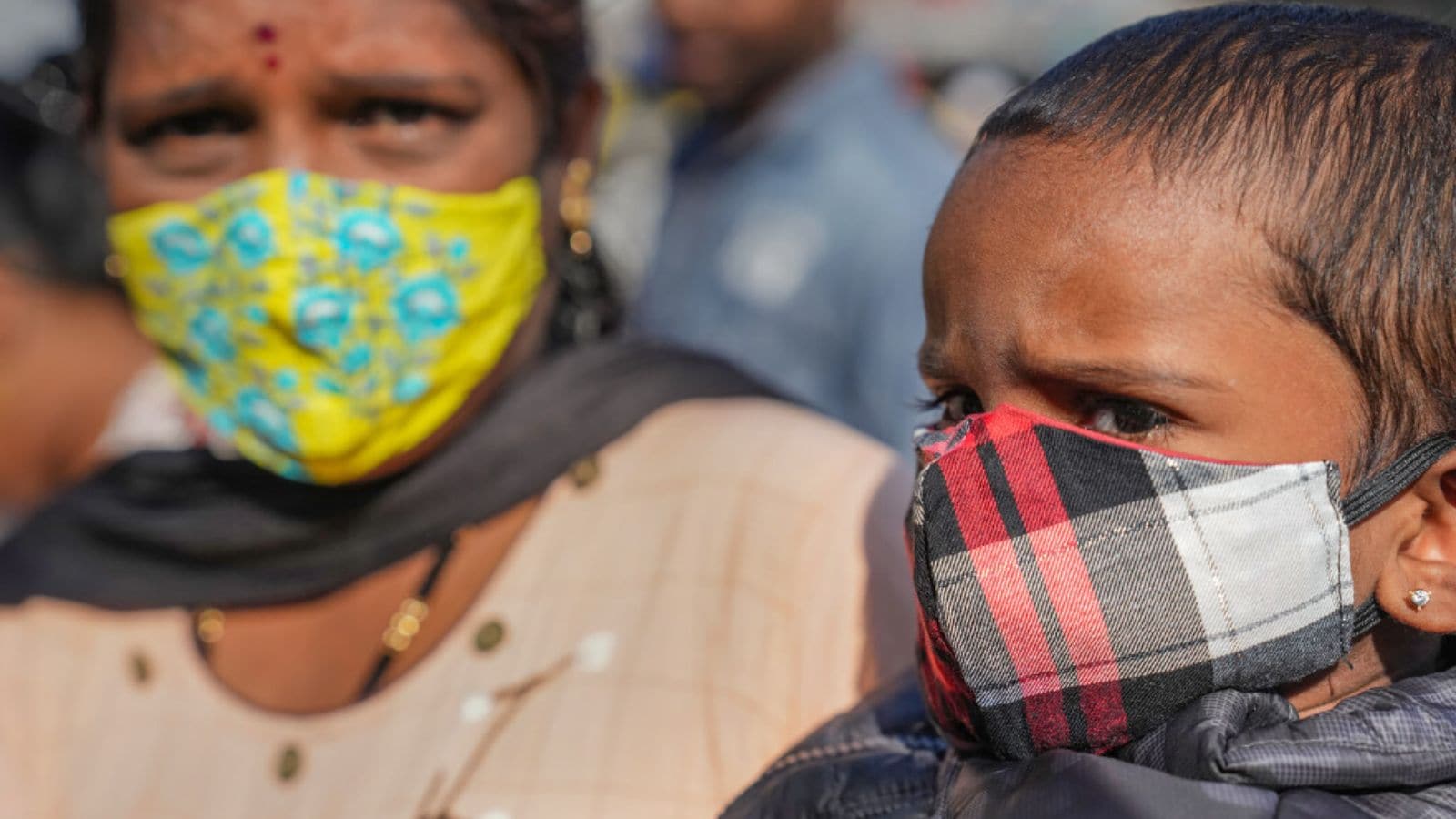Human-Caused Warming Tripled the Death Toll of European Heat Waves This Summer, New Report Shows
By By Bob Berwyn,Dana Drugmand
Copyright insideclimatenews

The grim death toll from heat waves across European cities this past summer would be captured in shocking headlines if they happened all at once, in a bombing or plane crash—835 in Rome, 630 in Athens, 409 in Paris.
But many of the estimated 24,400 heat mortalities across hundreds of cities during June, July and August were “silent deaths” spread over the course of days and weeks of spiking temperatures, in hospitals or in neighborhoods where most people can’t afford air conditioning or to go somewhere cooler.
Often, these deaths are not even listed as heat-related in official reports, said Clair Barnes, an extreme weather and climate research associate at the Grantham Institute at Imperial College London and co-author of a new study released Wednesday that tallies the impact with an analysis that marries temperature and excess-death research. In addition to the toll in Rome, Athens and Paris, the study estimated that heat killed 387 in Madrid, 360 in Bucharest, 315 in London and 140 in Berlin.
The analysis showed that human-caused global warming tripled the death toll from what it would have been in a climate unaltered by industrial carbon dioxide pollution and destructive land use practices like over-logging, over-grazing and mass-scale meat production.
The team calculated that 16,500 of the estimated 24,400 deaths across the cities—from Scandinavia through central Europe and from the Iberian Peninsula to the Balkans—could be linked to human-caused warming. Most were people older than 65.
The warming, caused primarily by burning fossil fuels and deforestation, made the heat waves between 4 and 6.5 degrees Fahrenheit hotter, said Imperial College London climate researcher Friederike “Fredi” Otto, a co-author of the report.
Significantly, Otto added, the proportion of deaths linked with human-caused global warming is rapidly increasing, as temperatures reach dangerous thresholds.
The new study attributed 68 percent of the heat deaths to human-caused warming. That’s a significant increase in the proportion of heat deaths linked with global warming in just the last 10 years, she added.
“The change in mortality due to climate change is really robust” and should be a warning for the rest of the world, Otto said: What may look like small changes in average global temperatures can have huge health impacts.
“Obviously, the specifics vary wherever you’re looking in the world, but the basic point of these studies will always be the same,” added Barnes. “We are warming the world through our fossil fuel emissions and other activities, and this is causing people to die.”
Since the 854 cities selected for this study represent about 30 percent of Europe’s population, the authors warn that their calculations provide only a “snapshot” of the human devastation caused by extreme heat.
Recent summers have become especially deadly in Europe, where health researchers calculated about 60,000 heat-related deaths in 2022, and anywhere between 40,000 to 70,000 in 2023.
The first extreme heat wake-up call for Europe was in 2003, when a long heatwave also killed an estimated 70,000 people, mainly in France, Spain and Italy.
It’s likely that preventive measures adopted since then have saved thousands of lives, but there is not yet enough comprehensive research to measure the positive effect of improved heat warnings, cooling congested urban centers with green areas and water features, and adding air conditioning in regions that haven’t traditionally used it.
Even simple measures, such as adjusting hospital and ambulance staffing in anticipation of forecasted heat, can help, according to research in the U.K.
For the report released Wednesday, climate and public health researchers at universities in the U.K. and Switzerland analyzed historic weather data and climate models to show the impact of global warming on temperatures in the studied cities. Epidemiologists on the team used published research that predicts changes in deaths linked with temperature changes in those cities. By combining the mortality risk factors with the daily temperature shifts, they were able to calculate the threefold increase in heat deaths caused by global warming.
Garyfallos Konstantinoudis, a report co-author and lecturer at Imperial College London’s Grantham Institute, said the findings include a stark warning for other higher-latitude, cooler regions. While the absolute number of deaths was higher in Southern Europe, nearly all the deaths in Northern Europe “are an attribute of human-induced climate change … because we have this shift from what is comfortable with respect to temperature to what starts killing people,” he said.
Most people who die in a heat wave aren’t recorded as heat deaths, said Courtney Howard, a Canadian emergency room physician and chair of the Global Climate and Health Alliance. “They’re logged as things like heart attacks or strokes, even though heat was the hidden trigger.”
Howard, who was not involved with the new report, said public health has not been able to fully keep up with the rapidly increasing pace of climate change impacts.
“We’re looking to find better ways of logging those diagnostic codes within medicine and public health and epidemiology, but that’s really a work in progress,” she said. “And you can imagine that will take retraining everybody on the front line to a certain extent.”
She said many curriculum studies worldwide show that most doctors and medical students have not learned about the health impacts of global warming. That has to change quickly, she said.
“However, I want to really stress that there are limits to adaptation,” Howard said. “Experts do not believe that we can adapt health systems adequately to cope with the temperatures that we are currently facing. That’s why reducing fossil fuel use is one of the most important public health interventions of our time.”



